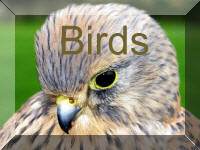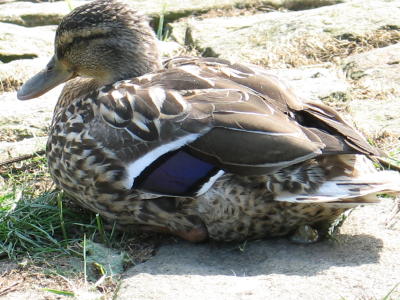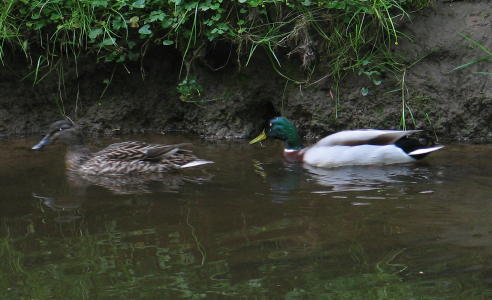Back To

Size
58 cm 900 - 1500 g
Description
A very common Eurpaen duck , head bottle green in colour, white neck ring and brown breast, with pearl grey upper parts in the drake, it is a large and heavy looking duck. It has a long body and a long and broad bill. The male has a dark green head, a yellow bill, is mainly purple-brown on the breast and grey on the body. The female is mainly brown with an orange bill. It breeds in all parts of the UK in summer and winter, wherever there are suitable wetland habitats, although it is scarcer in upland areas. Mallards in the UK may be resident breeders or migrants – many of the birds that breed in Iceland and northern Europe spend the winter here.
Where does it live?
Shallow stranding waters , parks and lakes
Breeding
Found in large and small lakes and slow-flowing rivers, including park lakes, reservoirs, small pools and coastal marshes.
Wintering
Flocks found on large water bodies and the sea.
Passage
As breeding and winteringWhen does it Breed ?
March - July , 8 -12 eggs, incubation 26 - 29 days, young fledge in 7 - 8 weeks . Nests on ground and in willow pollards etc
Where to see it
It is the commonest duck and most widespread so you have a chance of seeing it just about anywhere where there is suitable wetland habitat, even in urban areas.
What does it eat?Seeds, acorns and berries, plants, insects and shellfish.
What does it sound like?
The female has a variety of calls including the familiar ‘quack’ which is often repeated many times. The male makes a quieter, low, ‘crrib’.Click here to Hear the Mallard
When to see it
All year round.
Similar species
Gadwall, Pintail, Teal


